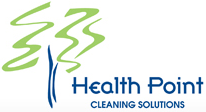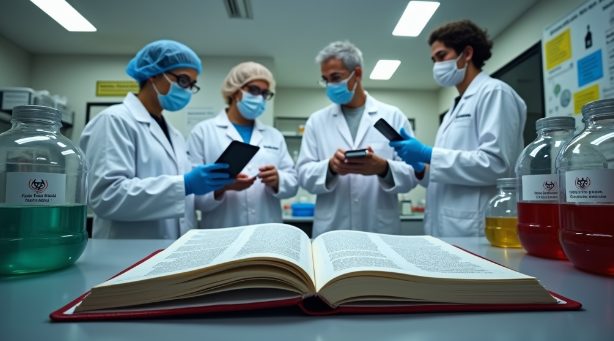When a biohazard occurs, prompt action is critical. This means having a solid emergency response plan. If you face a situation like this, you need a team that knows what to do to keep everyone safe. This article will guide you on how to handle emergency biohazard response simply.
Table of Contents
Key takeaways
- Understanding biohazards is the first step. These can be anything from bodily fluids to chemical spills.
- Immediate action is crucial. Knowing how to respond can save lives.
- Hiring expert help is often necessary. Professionals have the right tools and training.
- Follow safety protocols and guidelines. This keeps you and others safe.
- Regular training and plans ensure preparedness for any situation.
For more detailed information on safety protocols, check our Safety Guidelines for Workplace Emergencies.
What is an Emergency Biohazard Response?
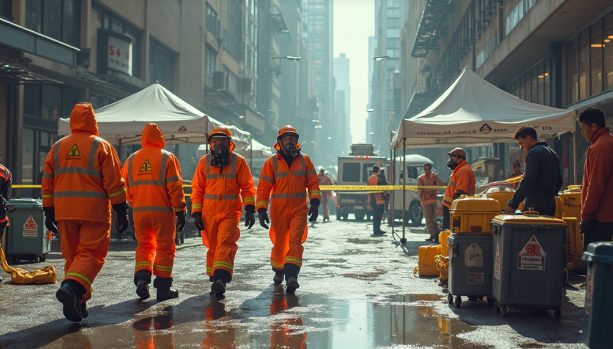
Emergency Biohazard Response is anything that can harm humans. This includes disease-causing germs, viruses, and other materials that can make people sick. For example, bodily fluids like blood can be dangerous. They may carry diseases. Knowing what counts as a biohazard is the first step in responding effectively.
Why Do You Need a Response Plan?
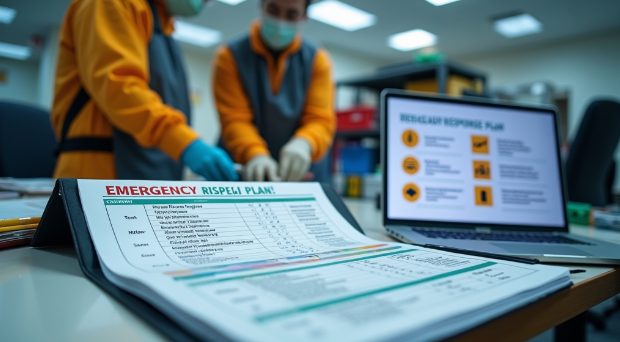
Having a plan is vital because emergencies can happen anytime. A clear plan helps everyone know what to do when a biohazard occurs. This can include steps to take, people to contact, and areas to secure. A good plan reduces confusion and ensures safety.
| Potential Biohazards | Description | Common Locations |
|---|---|---|
| Blood and bodily fluids | Can carry infectious diseases | Hospitals, clinics |
| Chemicals | Toxic substances that can cause harm | Laboratories, industrial areas |
| Waste materials | Can attract pests or cause infection | Waste disposal sites |
| Contaminated equipment | Tools that have been exposed to biohazards | Medical facilities |
How to Identify an Emergency Biohazard Response Situation
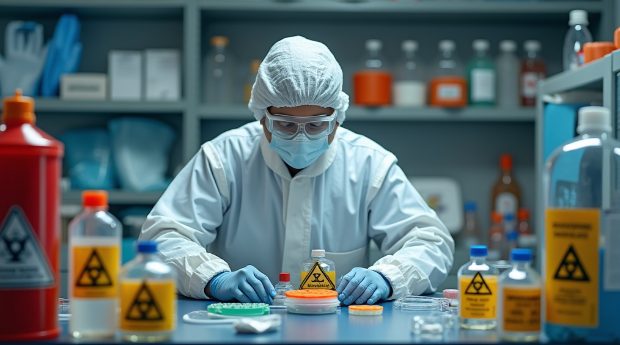
Here are some signs of a biohazard situation:
- Visible spills of liquids that look like blood or other bodily fluids.
- Unusual odors that could come from waste or chemicals.
- Infected areas with pests or animals that may carry diseases.
- Exposure incidents where someone has come into contact with a biohazardous material.
If you see any of these signs, it’s essential to act quickly.
Immediate Actions to Take: Emergency Biohazard Response
When you discover a biohazard, follow these steps:
- Ensure safety first. If it’s safe, alert others to avoid the area.
- Call for help. Use a phone to contact emergency services or a cleaning company that specializes in biohazard cleanup.
- Secure the area. Block off the area to keep people away until professionals arrive.
- Document the scene. Take pictures or notes of what happened. This can help later on.
Following these steps can help keep everyone safe while waiting for experts.
How to Choose a Biohazard Cleanup Service
When selecting a cleanup service, consider these factors:
- Experience. Look for companies with a lot of experience handling biohazards.
- Certifications. They should have proper certifications to ensure they follow safety regulations.
- Response time. A good company should respond quickly to emergencies.
- Reviews. Check online reviews or ask for references to see past customer experiences.
Choosing the right team is crucial for a successful cleanup.
Key Considerations for Biohazard Cleanup
- Availability of emergency services: Ensure the service is available 24/7 for urgent situations.
- Eco-friendly practices: Look for companies that use environmentally safe disposal methods.
- Insurance coverage: Confirm that the service is adequately insured to handle any liabilities.
The Role of Professionals in Emergency Biohazard Response
Professionals bring special skills and equipment to handle biohazard situations. They know how to dispose of materials safely. They also have protective gear to keep themselves safe. Hiring experts means you won’t have to worry about cleaning up dangerous materials on your own.
Importance of Training for Staff
Training staff on biohazard protocols is essential. Every worker should know how to react in an emergency. Regular training helps keep everyone sharp. This means knowing what to look for and how to stay safe.
Safety Protocols to Follow
It’s important to have safety protocols in place. Here are some guidelines to follow:
- Use protective gear. Gloves, masks, and goggles protect against exposure.
- Keep first aid kits available. This helps treat minor injuries quickly.
- Have a communication plan. Everyone should know how to reach emergency contacts.
- Regularly inspect your space. This helps catch potential hazards before they become emergencies.
Following these protocols can help prevent accidents and ensure safety.
Creating an Emergency Response Plan
A strong emergency response plan includes:
- Assessment of risks. Identify potential biohazards in your area.
- Clear roles. Assign tasks to specific staff members.
- Communication methods. Decide how everyone will communicate during a crisis.
- Regular updates. Review and update the plan often to keep it relevant.
Having a solid plan will make responding to emergencies easier.
| Factors Affecting Cleanup Cost | Description | Estimated Cost Range |
|---|---|---|
| Type of biohazard | Severity and nature of the biohazard | $500 – $25,000 |
| Area size | Square footage needing cleanup | $200 – $5,000 |
| Required services | Additional sanitation or disposal requirements | $300 – $10,000 |
The Cost of Biohazard Cleanup
The cost of cleanup can vary based on several factors:
- Type of biohazard. Some situations require more extensive cleanup than others.
- Size of the area. Larger areas take more time and resources to clean.
- Services needed. Depending on the situation, additional services may be necessary, like disinfecting.
It’s wise to ask for estimates from several companies to compare.
Real-life Examples of Biohazard Situations
Let’s look at some common biohazard scenarios:
- Accidental spills. A worker might accidentally spill a chemical used for cleaning. Quick action is needed to clean it safely.
- Infectious disease outbreaks. In places like hospitals, an outbreak can occur. A rapid response is key to prevent spreading.
- Crime scenes. If a crime happens on your property, there may be biohazard cleanup required afterward.
Each of these situations requires immediate attention and expert help to ensure safety.
Federal and State Guidelines
Both federal and state guidelines exist for handling biohazards. The Occupational Safety and Health Administration (OSHA) provides safety guidelines for workplaces. In Arizona, local health departments may also have specific regulations. Following these rules helps keep everyone safe.
Community Resources
In Phoenix, there are community resources that can help during emergencies. Local health departments can provide guidance. They can connect you with biohazard cleanup services.
The Future of Biohazard Response
As we move forward, technology is changing how we handle biohazards. New cleaning methods and tools are being developed. This means more effective and safer responses. Staying informed about these changes is key for businesses and communities.
Conclusion
In summary, knowing how to respond to biohazard situations is vital. Understanding what a biohazard is and having a plan can make a big difference. Hiring professionals and training staff are essential parts of this process. By following safety protocols and guidelines, you can protect yourself and others in your community.
Emergency biohazard response is not just a need but a responsibility. With the right information, you can ensure that you are ready to act when the time comes.
Remember, safety first! Always look for expert help when dealing with biohazards. By knowing what to do and who to call, you can make your workplace safer. Taking action today will prepare you for tomorrow. Don’t wait for an emergency to create a plan.
Emergency biohazard response is crucial for safety. Learn to identify hazards, create a plan, and hire experts for effective cleanup.. Feel free to visit our website or contact us for assistance.
